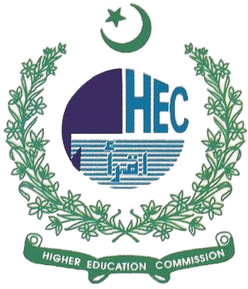“SWITCHING TONGUES: EXPLORING ENGLISH–URDU CODE-SWITCHING IN SCHOOL CLASSROOMS: A CASE STUDY OF TEACHERS’ PERSPECTIVES”
DOI:
https://doi.org/10.63878/jalt1256Abstract
This study explores the phenomenon of English–Urdu code-switching in Pakistani school classrooms from the perspective of teachers. Despite its widespread use, code-switching remains underexplored as a pedagogical strategy in school settings, particularly regarding teachers’ motivations, experiences, and its impact on student engagement and comprehension. Employing a qualitative research approach through semi-structured interviews with eight school teachers, the study investigates the factors driving code-switching, its perceived effectiveness, and challenges faced in balancing linguistic accommodation with English language proficiency goals. Data analysis through Communication Accommodation Theory (CAT) reveals that teachers strategically use code-switching to converge linguistically with students, enhancing understanding and fostering inclusivity, while also managing classroom identities. Results show that teachers feel comfortable and confident in switching codes, which boosts student participation and accommodates diverse linguistic backgrounds. However, some concerns about overuse potentially hindering English development are noted. The study highlights code-switching as a vital communicative and instructional tool that supports bilingual education in multilingual classrooms. It recommends integrating code-switching awareness into teacher training and language policy to enhance pedagogical effectiveness and inclusivity.
Downloads
Published
Issue
Section
License

This work is licensed under a Creative Commons Attribution-NonCommercial-NoDerivatives 4.0 International License.


